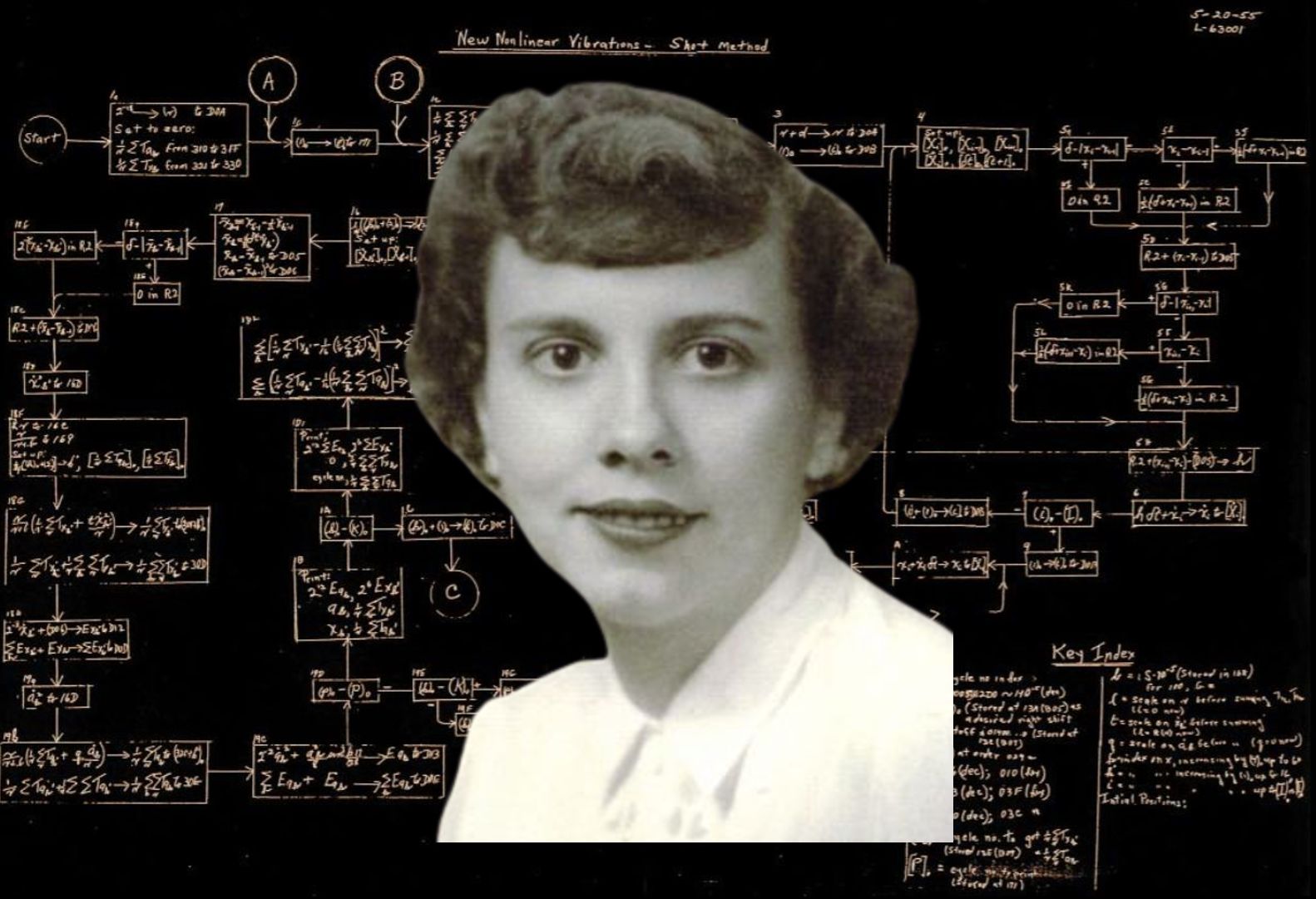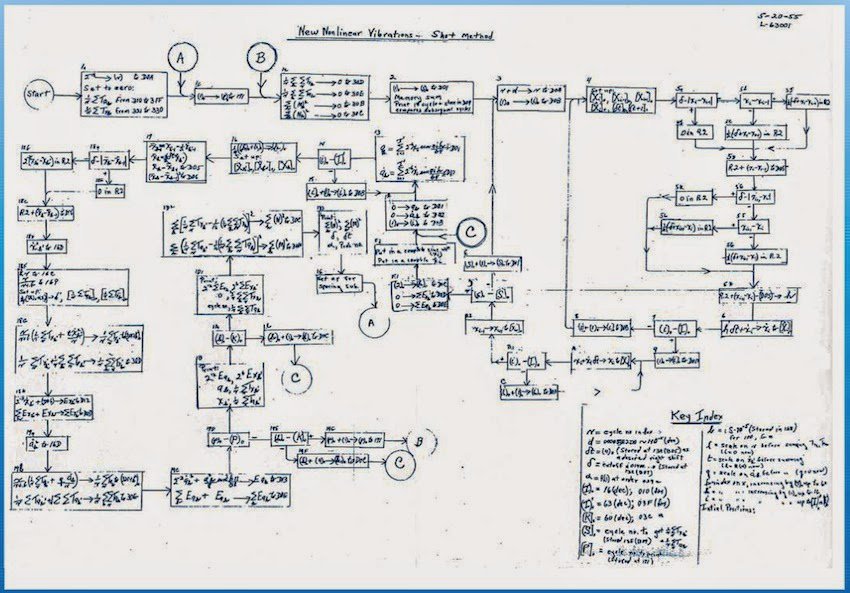 “Every writer creates his own precursors,” said Borges. And it doesn’t just happen in art: it also happens in science.
“Every writer creates his own precursors,” said Borges. And it doesn’t just happen in art: it also happens in science.
In the field of nonlinearity, known in popular literature by the ambiguous term ‘complexity’, almost no one noticed the scope of Poincaré’s work on the three-body problem until after Lorenz in 1963. And prior to the advent of ‘chaos theory’ in 1977, the Fermi – Pasta – Ulam problem was not out of the circles of super experts.
The extent of nonlinearity in the natural sciences could not be discovered without computers: Poincaré himself, at the end of the nineteenth century, was perplexed by his results and could not go further because of the inhuman implied calculation effort. The encounter between computers and natural sciences was provoked by Enrico Fermi in the early fifties.
To explore his visions, he did not struggle to involve Stan Ulam, a brilliant Polish mathematician and polymath who like Fermi emigrated to America due to racial laws, and John Pasta, a physicist in his thirties who was becoming one of the pioneers of computer science under the guide of giants like Nick Metropolis, the man who at Fermi’s hint created the Montecarlo Method and the architect of the MANIAC computer, conceived with John von Neumann.
The Fermi / Pasta / Ulam paradox was being brought to life, as the result of a computer-simulated mechanical experiment poised to keep physicists busy for over half a century.
The simulation was made possible by a program written in machine language for the MANIAC by Mary Tsingou, a mathematics graduate student who, like many young women since the Manhattan Project in 1943-45, had been hired in Los Alamos as a computer (sic) herself.
In 1953, however, the computer had also become available in the form of an automaton, no longer only a girl, and a young woman willingly took on the task of instructing him to simulate a physics experiment.
The one above is the flow chart, i.e. the algorithm of the program. Most likely mainly a Pasta creation, its development is sure to have had Tsingou deeply involved. So how come her name disappeared from all subsequent mentions of the crucial experiment?
The internal report of the Los Alamos Laboratory says that it was “written by Fermi, Pasta, and Ulam” on the basis of a work done by “Fermi, Pasta, Ulam, and Tsingou” (E. Fermi, J. Pasta, and S. Ulam, ‘Studies of the Nonlinear Problems’, I, Los Alamos Report LA-1940, 1955).
That is, Mary Tsingou had not participated in the drafting of the report and this caused her name to disappear from the authors of the experiment in the subsequent citations in the scientific literature.
Had the report not just been filed internally to the Lab, but published in a scientific journal, something which was never done because Fermi died in November 1954, Tsingou would have been given the usual citation credits. Coding the first computer program ever that simulates a physics experiment is not a triviality. It wouldn’t be today.
The boys’ invasion
Tsingou’s name was revived in 2008 by French physicist Thierry Dauxois in ‘Fermi, Pasta, Ulam and a mysterious lady‘ in Physics Today. She did graduate from Ann Arbor and went on to work as a programmer for the government and the military, including assisting John von Neumann in a study and becoming one of the earliest FORTRAN virtuosos. She reportedly lives in Los Alamos today.
From the beginning of computing until well into the 1980s, women filled a higher proportion of programming jobs than today. Very early on, like in post-war times at Los Alamos, they were often preferred for coding jobs because it was believed that a meticulous mentality was required and this was supposed to be a female’s specialty.
In the United States, by 1960 more than one in four programmers were women and by 1983, 37 percent of all students graduating with degrees in computer and information sciences were female. This was the historical peak though.
Early forms of personal computing were emerging, and they were used almost exclusively by boys. The Commodore and TRS wiz-kids started flocking to Computer Science 101 classes and in ten years the percentage of women in computing degrees was down to 28 percent. It has kept going down ever since and we are down to about 18% today in the US.
This has turned computing and the IT industry in general into an all-male business, although it looks like it is less due to women’s disaffection than the mighty influx of men.
It is believed that to increase gender diversity in information technology, remedies include giving computer devices and game consoles to girls as well instead of just boys, and inserting as many female board members and executives as possible in IT enterprises.

[…] Mysterious lady […]